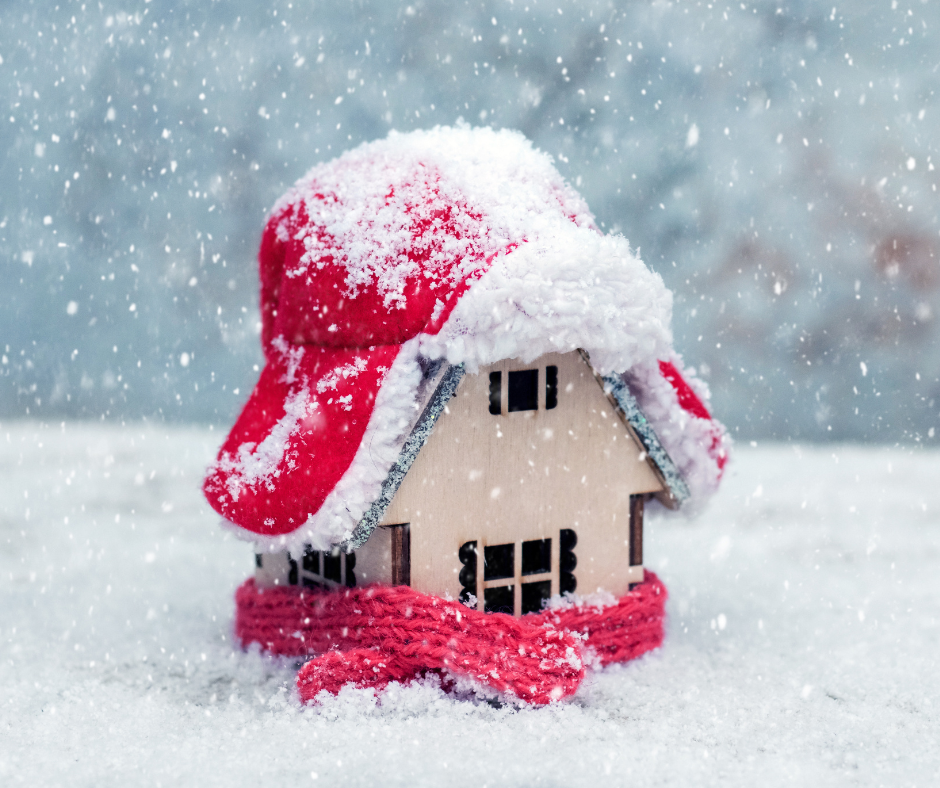Top Homeowners Insurance Tips For 2021

To say it’s been an unpredictable and interesting year for homeowners would be a massive understatement. Western states had some of the worst wildfires in modern history and the 2020 Atlantic hurricane season earned the distinction as the busiest hurricane season on record.
And then, of course, there’s the pandemic.
Despite all that, low mortgage rates and high home prices shattered records and the 2020 housing market outperformed the 2019 market in both price and volume.
It was also a year when many homeowners decided to spruce up their place. About 62% of homeowners said they planned a maintenance or renovation project, according to a 2020 Home Renovation Consumer Survey by Farmers Insurance.
While we won’t be so bold as to dust off our crystal ball and predict any trends in home buying and renovation projects for 2021, what we can do is offer you practical advice to keep your homeowners insurance up to snuff so you’re in good shape for the unexpected.
Keep Track of Your Stuff
One of the most important homeowners insurance coverage types is your personal property coverage. That coverage pays to repair or replace your belongings—your clothes, jewelry, furniture, pots and pans, musical instruments, electronics, books, art, and even the decorations and knick-knacks you keep on your bookshelves.
And let’s face it. You probably have a lot of stuff. So much stuff that you forget some of what you own. If you want to keep track of it, you really need a home inventory. A good home inventory can both speed up an insurance claim and help maximize your claim payment. It’s one of the smartest and easiest things you can do to prepare for unexpected home insurance claims.
Don’t Assume You’re Covered for Natural Disasters
A standard homeowners insurance policy excludes coverage for certain disasters, like floods and earthquakes. If you live in a disaster-prone area, you might need to bolster your home insurance with endorsements or additional policies to make sure you’re fully covered.
For example, a good hurricane insurance policy is often a mix of homeowners and flood insurance. In some parts of the country, such as coastal Texas, you may also need a separate windstorm insurance policy.
If you want coverage for earthquakes, look into getting earthquake insurance.
Before you buy another policy or add an endorsement to your home insurance, it’s a good idea to speak with your insurance agent. That’s because policies for natural disasters can have complex limits (such as different limits for categories of property), exclusions and high deductibles.
Buy Coverage That Absorbs a Spike in Home Repair Costs
Your dwelling coverage pays to repair or rebuild your home if it’s damaged by a problem covered by the policy, like a house fire.
Your dwelling coverage amount should be based on what it would cost to rebuild your home based on the local construction and labor costs. But certain situations, like a tornado that flattens entire neighborhoods, can cause a spike in rebuilding costs. Suddenly your dwelling coverage amount could be insufficient.
Fortunately, some home insurance companies offer what’s called “guaranteed replacement cost” or “extended replacement cost” to help absorb a spike in construction costs when they go above your dwelling coverage amount.
It’s a good idea to add this to your policy if your insurer offers it, especially if you live in a disaster-prone area.
Companies that offer extended or guaranteed replacement cost coverage include AIG, Chubb, Cincinnati, Erie, Farmers, Hanover, Lemonade, Nationwide and QBE.
Bump Up Your Liability Coverage
With so much focus on your house and personal belongings, it’s easy to overlook liability coverage within a home insurance policy.
Liability insurance pays for a legal defense, judgments and settlements if someone sues you over injuries or property damage and you’re legally responsible. For example, if someone takes a bad fall at your house, a lawsuit would fall under your homeowners liability coverage.
A good rule of thumb is to buy enough liability coverage to cover your assets, or what you could be taken from you in a lawsuit.
Another option to ensure you have adequate liability coverage is to purchase an umbrella insurance policy.
Understand Your Home Insurance Deductibles
If you haven’t reviewed your policy and some of the finer details, now is a good time to get to know your deductibles. If you wait until you file a claim, you might learn the hard way what your policy actually covers.
The deductible is the amount of money deducted from an insurance claim check. For example, if you have a $1,000 deductible and $10,000 in damage, you’ll get a $9,000 insurance check.
Special deductibles might be hidden in your policy’s pages. For example, hurricane deductibles can range from 1% to 5% of the insured value of your home, meaning if your house is insured for $200,000 and you have a 5% deductible, your insurance check would be reduced by $10,000.
Did You Know There are Sub-Limits for Some Items?
Another thing to understand are sub-limits, also known as “special limits.”
Sub-limits typically apply to high-value items. For example, your policy might only cover $1,500 for stolen jewelry. So if your $3,000 diamond bracelet gets stolen, your policy will only pay $1,500.
If you have valuable items, you can pay more to “schedule” them so they’re insured for their full value.
Home Insurance Makeovers Should Be Part of Your Renovation Plan
If you have a home project in mind, make sure you understand the home insurance implications before you start swinging the sledgehammer. That’s because certain home renovation projects (like an addition) can increase the amount of home insurance you’ll need.
Shore Up Your Water Damage Coverage
Your home insurance covers water damage and leaks, but not all types of water damage.
A standard home insurance policy excludes water damage caused by earth movement, floods, hurricanes, tsunamis, sump pump failure, leaks from a swimming pool and seepage through a foundation.
You can sometimes add coverage to account for these issues. For example, you can typically add water backup and sump pump failure coverage as an endorsement to a home insurance policy.














